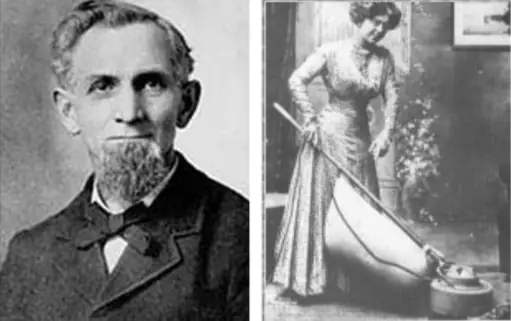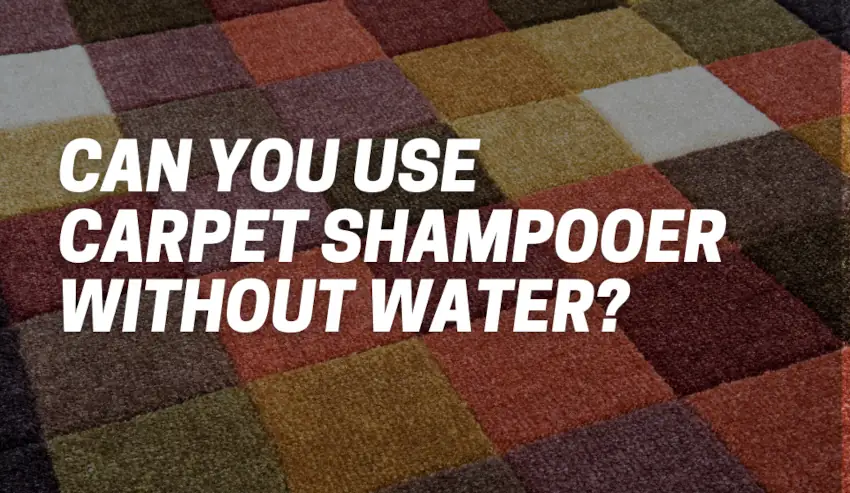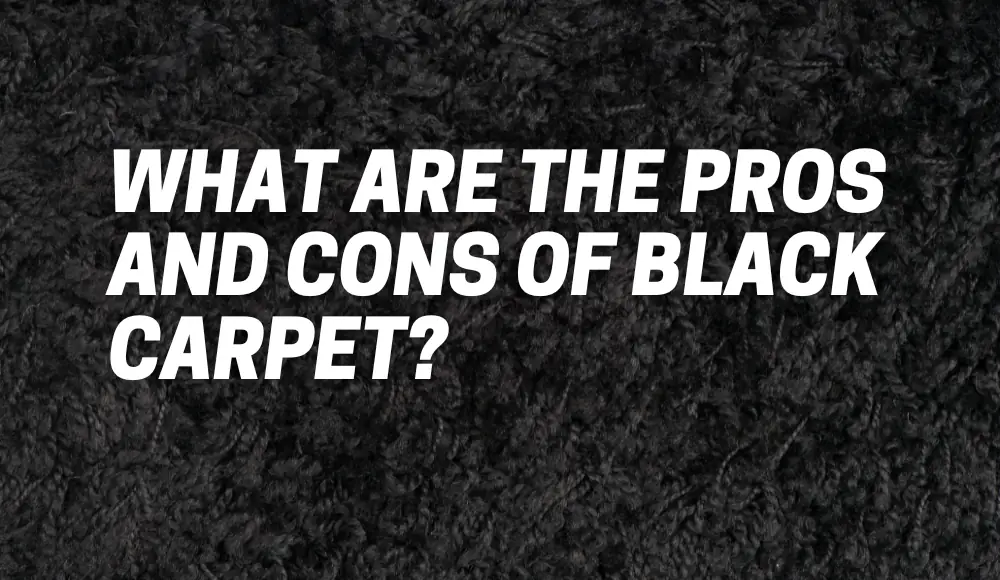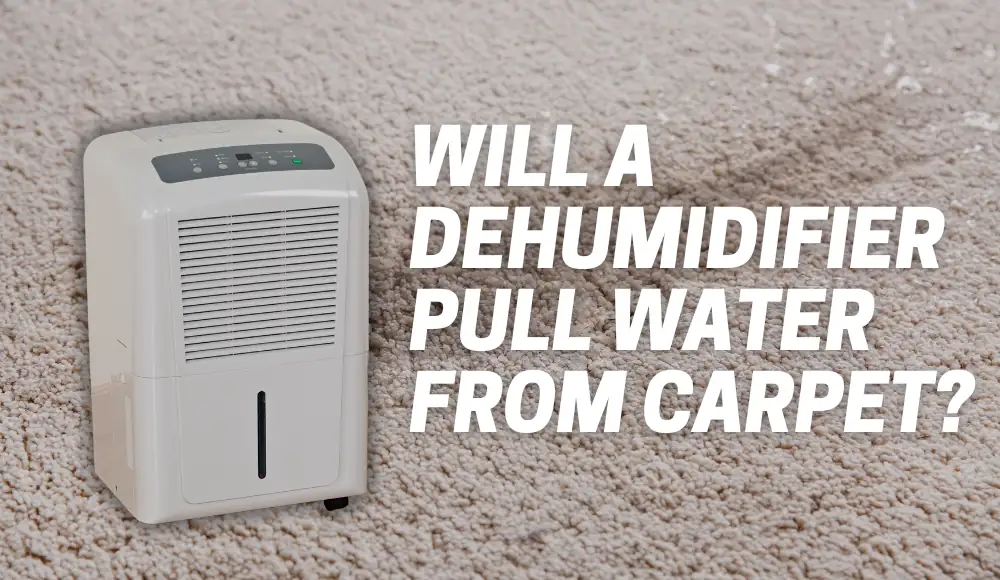Carpet cleaning has a rich history that stretches back centuries, and it’s a tale of ingenuity, hard work, and the relentless pursuit of cleanliness. The history of carpet cleaning is like a treasure trove of methods and tools that people devised to keep their cherished carpets looking their best.
In this article, we’ll dive deep into the fascinating world of carpet care in the 1800s and explore the various techniques our predecessors employed to maintain the beauty of their rugs.
Did Carpets Exist Before Vacuum Cleaners?
Indeed, carpets were woven into the very fabric of homes long before vacuum cleaners came into existence.
These woven wonders brought not only warmth but also splendor to living spaces, with intricate designs that added a touch of elegance. However, along with their allure, carpets also carried the weight of regular cleaning and maintenance.
How Did People Clean Carpets in the Past?
Before mechanized cleaning tools, our forebearers had to rely on sheer determination and elbow grease to keep their carpets clean.
The absence of electricity-driven vacuums meant they had to find other inventive ways to combat the constant accumulation of dirt, dust, and debris.
Brooms and Beating
Picture this: a sturdy person armed with a broom, methodically sweeping away at the carpet’s surface. This manual labor was essential to dislodge the accumulated dirt, and it was a workout in its own right.
Additionally, carpets would often be taken outside and beaten with rugs beaters, a process that required significant physical effort but effectively released trapped dirt.
Shaking and Sunning
Another technique involved taking the carpet outdoors and giving it a good shake, much like shaking out a tablecloth. The power of the sun was then harnessed, as the carpet was hung out to bask in its cleansing rays.
Sunning the carpet not only helped eliminate odors but also acted as a natural disinfectant.
What Was First Used to Clean Rugs?
In the absence of purpose-built carpet cleaning tools, people ingeniously adapted everyday items for the task.
One such item was the carpet sweeper. This manually operated contraption featured rotating brushes that effectively picked up loose dirt and debris from the carpet’s surface, offering a much-needed respite from labor-intensive beating and shaking.

What Was the First Carpet Cleaner?
The turning point in carpet cleaning history came with the invention of the first true carpet cleaning machine.
The first carpet cleaner is often attributed to a man named James Spangler. In 1907, he invented a simple device that used an electric fan, a soap dispenser, and a rotating brush to clean carpets.
Spangler, who suffered from asthma, designed the device to help reduce the amount of dust and allergens in the air. He later sold the patent for his invention to his cousin’s husband, William Hoover, who founded the Hoover Company and turned the carpet cleaner into a commercial success.

Hoover’s version of the carpet cleaner, known as the “Hoover Model O,” became popular and marked the beginning of modern carpet cleaning technology.
This early carpet cleaner used a combination of suction and brushing to remove dirt and debris from carpets, paving the way for more advanced and efficient carpet cleaning machines that we have today.
How Did Victorians Clean Their Rugs?
During the Victorian era (1837-1901), cleaning rugs and carpets was a labor-intensive process that often required a combination of sweeping, beating, and occasional washing. Here’s how Victorians typically cleaned their rugs:
- Regular Sweeping and Beating: The primary method of maintaining rugs and carpets was regular sweeping using brooms or brushes. This helped to remove surface dirt, dust, and debris. Additionally, smaller rugs could be taken outside and beaten with a rug beater to dislodge deeper-seated dirt and dust. This method was effective in removing accumulated particles and freshening up the rugs.
- Rug Beaters: Rug beaters were tools specifically designed for cleaning rugs. They were usually made of a long handle with a loop or mesh-like structure at the end. By using a rug beater, Victorians could beat the rug to loosen and remove dust, dirt, and debris embedded within the fibers.
- Vacuuming: Toward the end of the Victorian era, vacuum cleaners began to emerge as a more efficient method of cleaning rugs. Early vacuum cleaners were manually operated and quite different from modern ones. These machines used suction to pull dirt and debris from the rug’s fibers. However, vacuum cleaners were still relatively uncommon and not easily accessible to the general population during the Victorian era.
- Professional Cleaning: For larger and more valuable rugs, some homeowners might have hired professional cleaners to wash and maintain their rugs. These cleaners would use techniques such as soaking the rug in water mixed with mild soap or detergent, followed by thorough rinsing and drying. However, this method was reserved for wealthier individuals who could afford such services.
- Spot Cleaning: In case of spills or stains, Victorians would use methods like blotting the stain with a clean cloth to absorb as much of the liquid as possible. They might also apply a mixture of water and mild soap to gently clean the stained area. Harsh chemicals and strong detergents were generally avoided to prevent damage to the delicate fibers.
- Sun Exposure: Sunlight was often used as a natural disinfectant and deodorizer. Rugs would be hung outside in the sunlight to kill germs, bacteria, and to help remove odors.
It’s important to note that the cleaning methods of the Victorian era were limited by the technology available at the time, and not all homes had access to the same cleaning tools or resources.
Additionally, the materials used in rugs during this period were often natural fibers, which might not have responded well to modern cleaning agents and methods. As a result, careful and labor-intensive cleaning techniques were employed to extend the life of these rugs.
How Did People Clean Carpets Without Vacuum?
The vacuum cleaner may have been absent, but innovation was not. People devised clever ways to tackle carpet cleaning without the suction power we now take for granted.
Whisk Brooms: Whisk brooms, with their stiff bristles, became a common tool for sweeping dirt and debris off carpets. Though laborious, it was a functional solution.
Manual Sweeping: Traditional manual sweeping with regular brooms and brushes was still prevalent. While demanding, this method provided a basic level of cleanliness.
A Glimpse into the History of Carpet Cleaning
Let’s take a moment to reflect on the timeline of carpet cleaning evolution. From the earliest days of laborious beating to the mechanized wonders of the Victorian era, each era brought its unique approach to the age-old challenge of carpet care:
- Pre-Vacuum Era:
- Brooms and Beating: Manual effort with brooms and rug beaters.
- Shaking and Sunning: Nature’s way of cleaning through sunlight and shaking.
- Early Innovations:
- Carpet Sweeper: The introduction of manual carpet sweepers for surface cleaning.
- 19th Century Breakthrough:
- Carpet Cleaning Machine: The revolutionary invention of a machine that used water and soap to scrub carpets.
- Victorian Practices:
- Mechanical Sweeping: Mechanical carpet sweepers with brushes and cranks.
- Carpet Beating: Specialized carpet beaters for enhanced efficiency.
- Carpet Shampooing: Thorough cleaning with soap and water.
- Pre-Vacuum Cleaning:
- Whisk Brooms: Handheld brooms for manual sweeping.
- Manual Sweeping: Traditional sweeping with regular brooms and brushes.
- Early Vacuum-Like Devices:
- Suction Sweepers: Devices using suction mechanisms for dirt collection.
- Pneumatic Carpet Cleaners: Air pressure-powered devices for carpet cleaning.
Conclusion
The history of carpet cleaning is a testament to human creativity and adaptability. From the days of labor-intensive beating and sunning to the introduction of innovative contraptions like carpet sweepers and early vacuum-like devices, every method was a step toward cleaner, more comfortable living spaces.
The journey from brooms and brushes to sophisticated vacuum cleaners is a tale of progress that continues to this day.
As we marvel at the effortless efficiency of our modern vacuum cleaners, let’s also tip our hats to the ingenious methods of the past.
So, the next time you glide your vacuum over your carpet, remember the generations before us who worked tirelessly to ensure the beauty and cleanliness of their homes. In their efforts, we find inspiration to embrace innovation and find effective solutions to life’s challenges.



